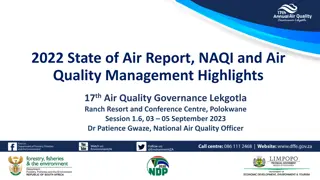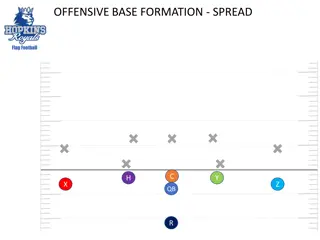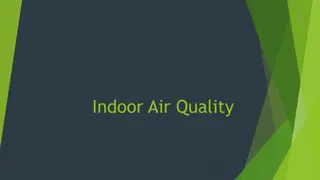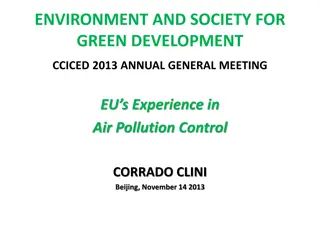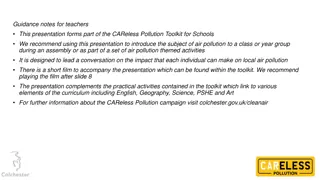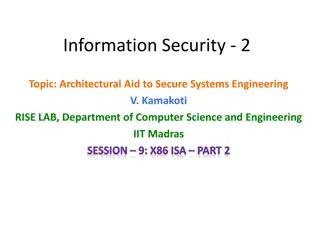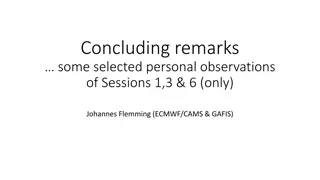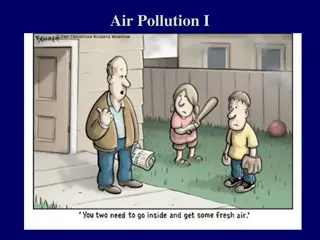Understanding the Air Quality Flag Program for Schools
Learn about the Air Quality Flag Program (AQFP) initiated by the US EPA to raise awareness about local air quality conditions in schools and communities. Explore how the program works, its history, implementation steps, and guidelines on purchasing, educating, checking forecasts, and following outdoor activity guidance.
Download Presentation

Please find below an Image/Link to download the presentation.
The content on the website is provided AS IS for your information and personal use only. It may not be sold, licensed, or shared on other websites without obtaining consent from the author. Download presentation by click this link. If you encounter any issues during the download, it is possible that the publisher has removed the file from their server.
E N D
Presentation Transcript
The Air Quality Flag Program Melissa Payne US EPA July 12, 2016
Content Background on the flag program How the AQFP works EPA resources 2
History 2004- present: San Joaquin Valley starts school flag program 2010: EPA creates a national program for schools May 2015: Expanded to include other organizations 3
How it Works School raises a flag each day The flag color indicates the local air quality for the day Students and staff look to the flag and understand what it means Guidance on what to do when the air quality is poor 4
AQFP: 4 Steps Purchase flags Educate school and community Check the daily forecast & fly the flag Follow the outdoor activity guidance 6
1. Buy Flags Around $100 Funding: PTA, local health organization, business, state air agencies, EPA regions, grants Order from local flag vendor or online Set of five flags: green, yellow, orange, red, purple 7
2. Educate Recruit teacher(s) to be the Coordinator(s) Teachers, staff, students and parents Inform the school and community: Newsletters Emails Flyers Local newspaper Radio station Word-of-mouth 8
3. Check the Air Quality Forecast Local paper/ TV weather report Check www.airnow.gov Automatic email: www.airnow.gov/enviroflash Free air quality app Free widget: post the air quality forecast on your school website 9
4. Follow the Guidance Use the activity chart Dose = Concentration x Breathing rate x Time Concentration amount of pollutant in air Breathing rate how fast you breathe Time - time spent outdoors Pay attention to symptoms
Activity Guidelines Students who are unusually sensitive to air pollution could have symptoms.* It s OK to be active outside, especially for short activities such as recess and PE. For longer activities such as athletic practice, take more breaks and do less intense activities. Watch for symptoms and take action as needed.*Students with asthma should follow their asthma action plans and keep their quick-relief medicine handy. Consider moving longer or more intense activities indoors or rescheduling them to another day or time. 11
Time for Fun Events, games, contests, and more! 12
Flag Website www.airnow.gov/flag Fact sheet Coordinator s handbook Parent letter Lesson plans Poster Press release template Student activities Registration form List of participating organizations 13
Other Air Quality Resources More resources are available at www.airnow.gov/teachers: Online curricula Interactive games Air quality simulator Children s online picture book 14
For More Information: Donna Rogers, Team Lead- rogers.donna@epa.gov Melissa Payne, Outreach- payne.melissa@epa.gov 15


